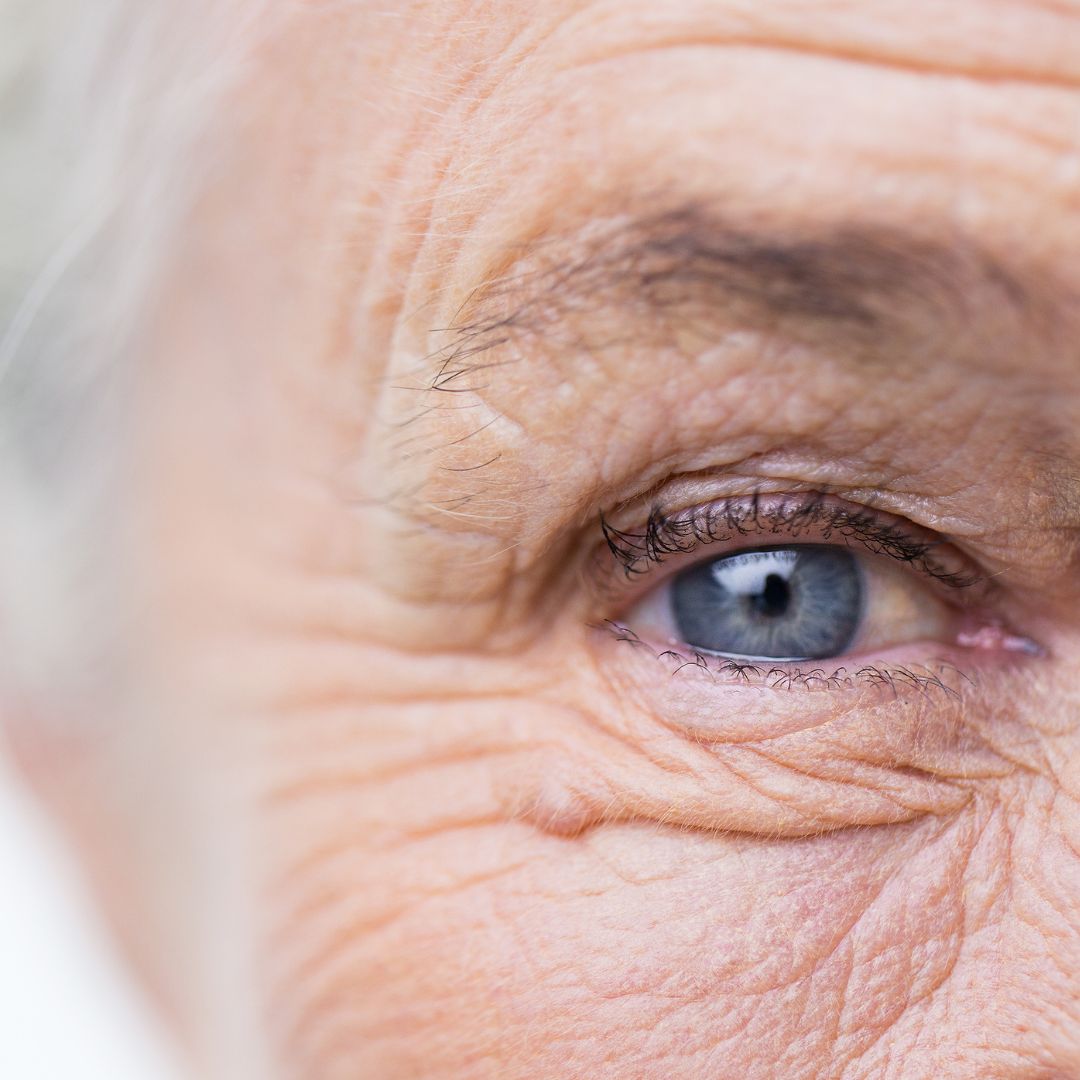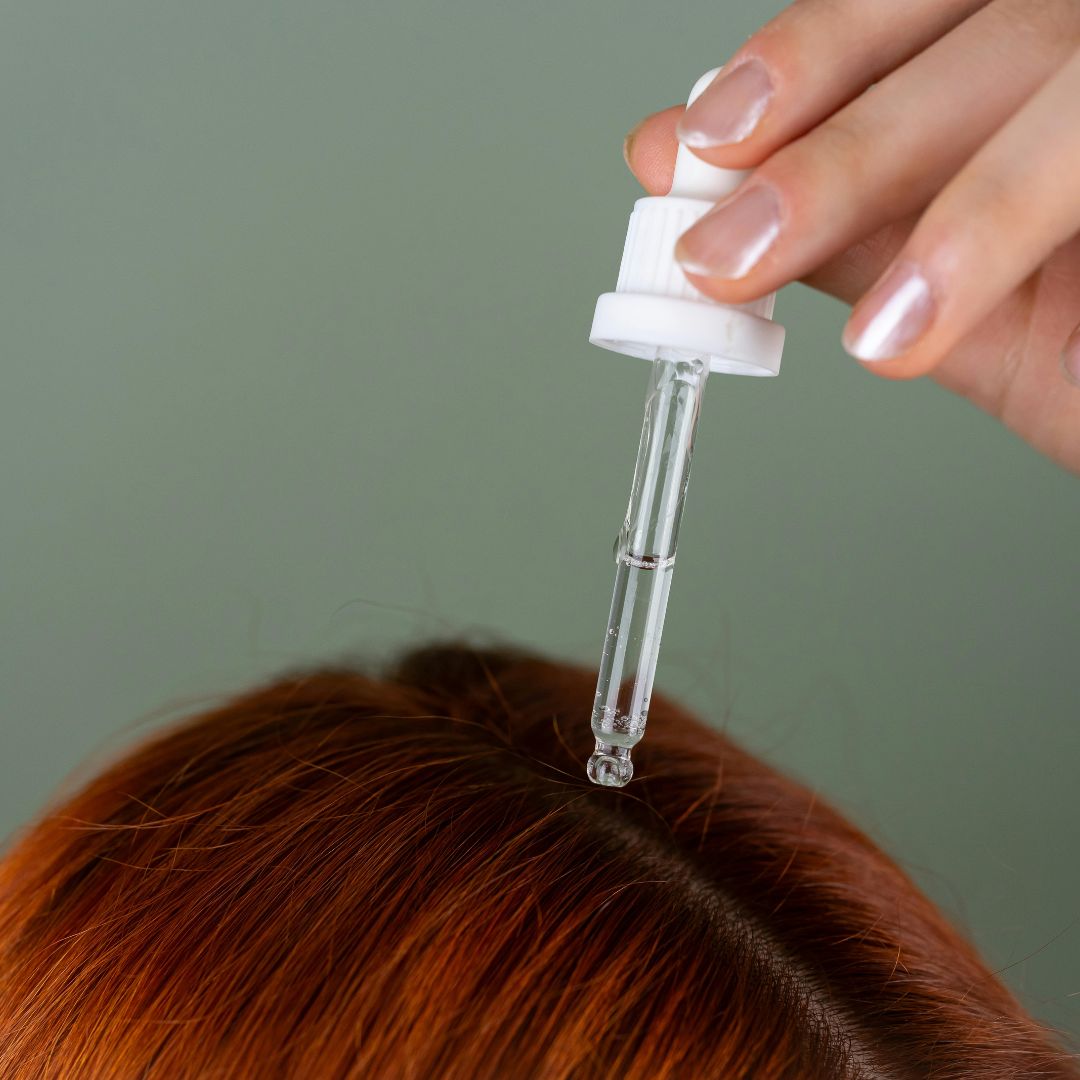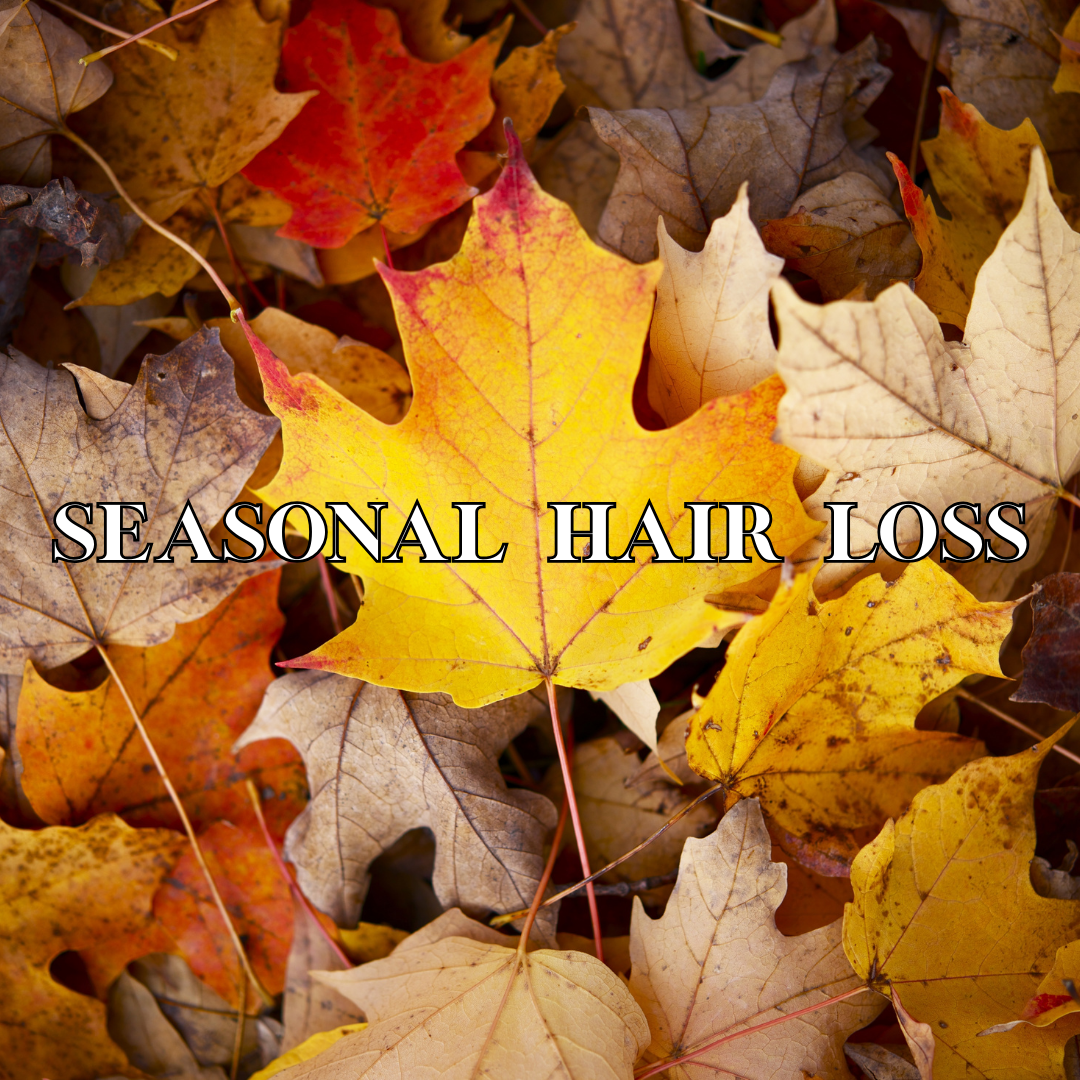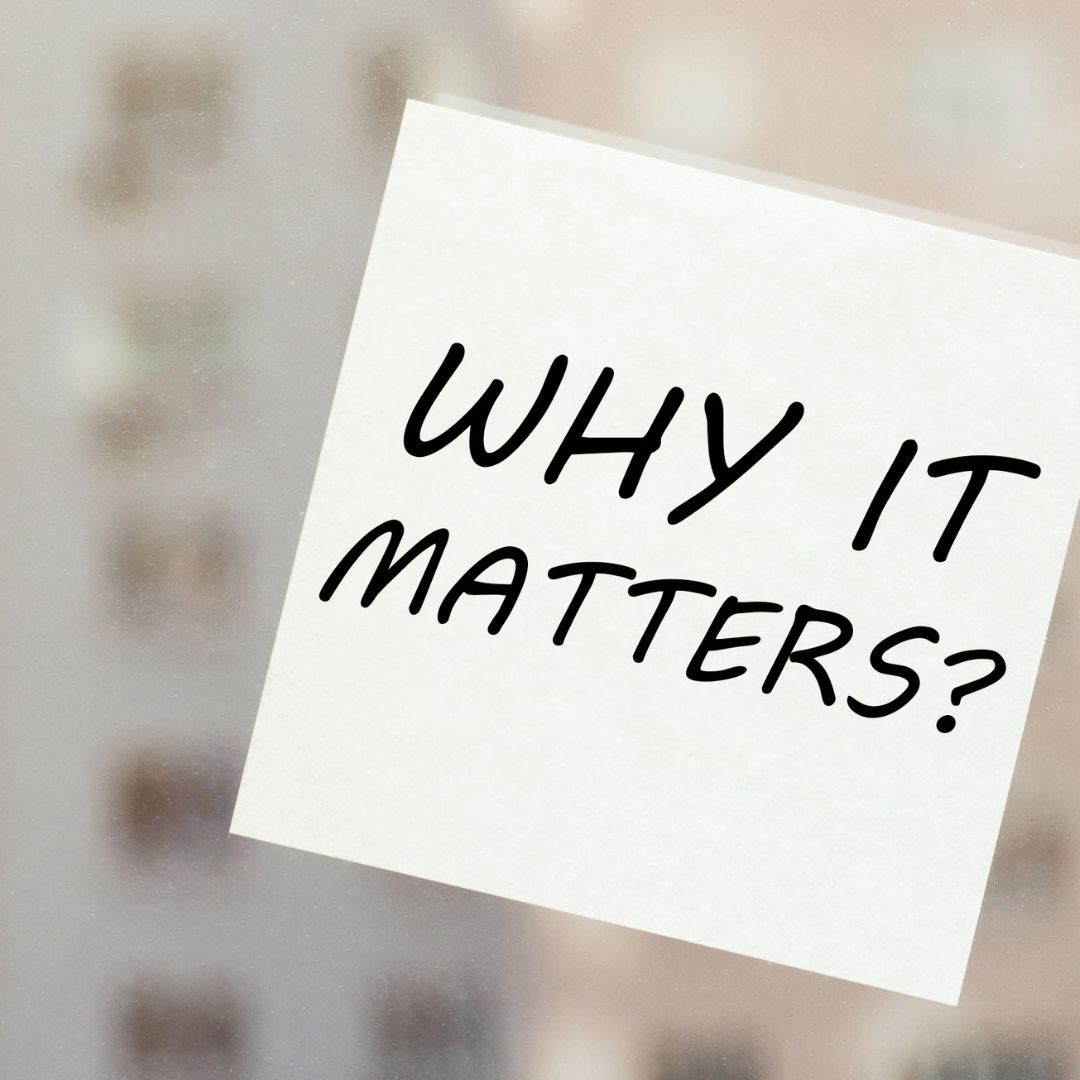Flavio Lucariello - June 06 2024
Red Light Therapy for Hair Growth: The Revolutionary Approach to Fight Hair Loss

When it comes to growing healthy hair or stopping diffuse thinning, many have turned to innovative solutions like red light therapy for hair growth and hair loss. But what exactly is it, and how can it benefit your hair? In this article, we’ll delve into the science behind red light therapy, explore its origins with NASA, and discuss the use of red light therapy at home, its benefits, and potential drawbacks.
What Red Light Therapy Is and How It Works
Red light therapy, or low-level light therapy (LLLT), is gaining attention as a natural, effective, and safe method to stimulate hair growth.
To understand how red light therapy works, it’s important to first look at what causes hair loss. Hair loss can result from multiple factors, including poor blood circulation to the hair follicles, hormonal imbalances, aging, and genetics—all of which weaken the follicles over time, leading to thinning and shedding.
This is where red light therapy comes in. By delivering targeted wavelengths in the range of 630-680nm, this treatment stimulates cellular energy production, increases blood flow to the scalp, and helps rejuvenate weakened hair follicles, promoting thicker, healthier hair growth.

The Origins of Red Light Therapy in Scientific Research
Red light therapy has been studied for decades across various scientific fields. In the early 2000s, NASA explored the use of red light to stimulate plant growth in space, helping plants photosynthesize more efficiently in low-gravity environments. This research opened the door for further studies on how red and near-infrared light interact with human cells.
Following these initial experiments, researchers expanded their focus to medical applications, exploring how red light could aid in tissue repair, wound healing, and skin regeneration. Over time, its potential benefits for hair growth also became a subject of interest, leading to multiple clinical studies.
Benefits and Potential Drawbacks
Red light therapy offers numerous benefits from wound healing, to treating skin conditions and much more, however, we aim to analyze what this amazing therapy can do for our precious hair.
- Red Light Therapy For Hair Growth: It increases blood circulation to the scalp, providing hair follicles with the essential nutrients and oxygen they need to grow.
- Red Light Therapy For Thickness: Regular use of red light therapy can result in thicker, denser hair.
- Red Light Therapy For Hair Loss: By strengthening hair follicles, red light therapy can help reduce hair shedding.
- Red Light Therapy For Scalp Health: The therapy also improves overall scalp health, reducing issues like dandruff and inflammation.
While red light therapy is widely considered safe, for some users, results may vary and consistent use over several months is required to see significant improvements. Additionally, professional treatments can be costly, though at-home devices provide a more accessible alternative.
How Often Should I Use Red Light Therapy for Hair Growth?
When it comes to using red light therapy for hair loss, most experts recommend using a red light therapy device for 10 to 20 minutes, three to four times a week. Regular treatments allow the hair follicles to absorb enough light energy to boost cellular activity and support ongoing growth. For those using red light therapy at home, or devices like the FLO™ Brush, the recommended frequency and duration may vary—but no worries! It’s completely safe for daily use.
Does Red Light Have Side Effects?
Red light therapy does not have side effects, it’s safe to use alongside other treatments and effective for both men and women. However, it’s important to consider that:
- Consistency is Key: Red light therapy requires consistent use over several months to see significant results.
- Individual Results Vary: The effectiveness of red light therapy can vary from person to person.
- Cost: Professional treatments can be expensive, but fortunately, affordable domestic solutions are available.
Scientific Evidence Supporting Red Light Therapy for Hair Growth
“Does red light therapy work for hair loss?” is a common question, and the answer is yes—scientific studies have shown that red light therapy works for hair loss, stimulating dormant hair follicles and promoting hair growth. In fact, red light therapy has been widely researched across various fields, from wound healing to tissue regeneration. Numerous studies support its effectiveness for hair growth, and while this topic deserves an in-depth exploration, here are some key findings worth mentioning.

Red Light for Androgenetic Alopecia (AGA)
A 2014 study¹ published in "Lasers in Surgery and Medicine" found that red light therapy significantly increased hair density in participants suffering from androgenetic alopecia (pattern baldness). This notable double-blind, randomized trial involving 47 women showed significant results. Participants who received red light treatment every other day for 16 weeks experienced a 37% increase in hair growth with no adverse effects. This highlights the potential of red light therapy as a viable solution for hair loss.
Red Light Outperformed Common Drugs with No Side Effects
A 2018 meta-analysis² examined 22 studies comparing LLLT to other common drug treatments like Finasteride, PRP, Dutasteride, and Minoxidil. This meta-analysis concluded that red light therapy was a superior treatment. Most importantly, while many of the drugs had negative side effects, red light therapy was found to have none.


Red Light Outperformed Common Drugs with No Side Effects
A 2018 meta-analysis² examined 22 studies comparing LLLT to other common drug treatments like Finasteride, PRP, Dutasteride, and Minoxidil. This meta-analysis concluded that red light therapy was a superior treatment. Most importantly, while many of the drugs had negative side effects, red light therapy was found to have none.

Red Light Therapy Can Be Used to Enhance Other Treatments
In 2017, a compelling study³ explored the effects of red light therapy in comparison to topical minoxidil 5% ointment, a widely-used treatment for female pattern hair loss. The study involved 45 women divided into three groups: one group received red light therapy, another used topical ointment, and the third group combined both treatments. Researchers found that red light therapy was notably effective on its own. However, they recommended combining red light therapy with topical ointment for faster hair regrowth, highlighting the powerful synergy between these two treatments.
Introducing FLO™ Brush: Your Ultimate Hair Growth Solution
Imagine a convenient red light therapy device easy-to-use, and that can revolutionize your hair in 5 minutes a day. Sounds impressive, right?
Exactly FLO™ it’s not just a red light therapy brush, but an innovative device featuring also microcurrent for hair growth and a vibrating scalp massage to supercharge your hair growth journey. But that’s not all – it also boasts an auto-serum delivery system to enhance absorption and maximize the results of your favorite hair serums and treatments.
Unlike helmets or other devices that cover the entire head, the FLO™brush moves through your hair and scalp, facilitating light absorption and ensuring more effective results. Plus, it features a unique POD system that seamlessly distributes serum directly to your scalp, enhancing the overall treatment.
Ready to take the next step? Discover more about FLO™ and start your journey to stunning hair today.
Sources and References:
¹Pubmed - “The growth of human scalp hair in females using visible red light laser and LED sources”
²Pubmed - “Efficacy of non-surgical treatments for androgenetic alopecia: a systematic review and network meta-analysis.”
³Pubmed - “Low-level light-minoxidil 5% combination versus either therapeutic modality alone in management of female patterned hair loss”






